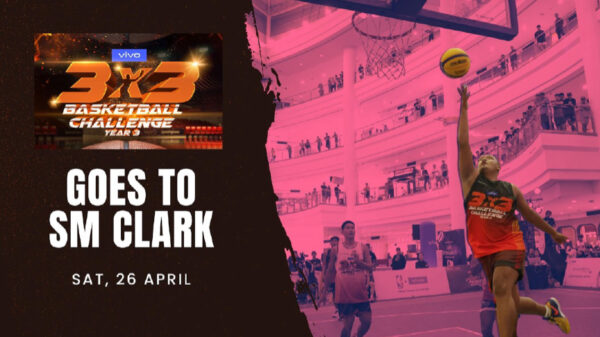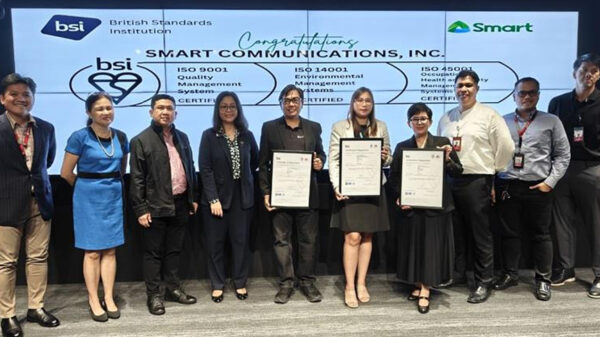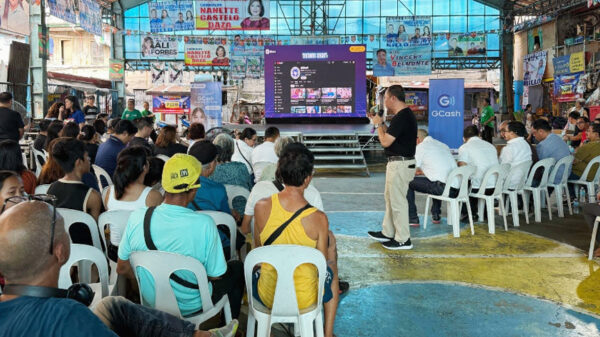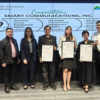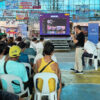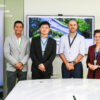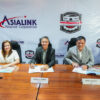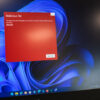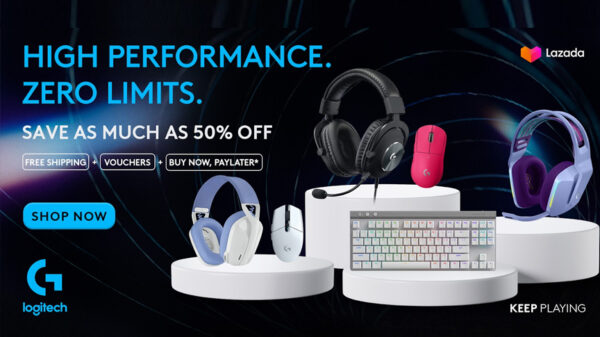The Philippine e-marketplace penetrate more Filipinos in terms of social media activity. However, it struggles to establish a stronghold in terms of traffic activity as international players are still the preferred choice for most Filipinos.
It comes as a surprise that only a few international players take over the country’s e-marketplace traffic activity. Based from the iPrice Group’s Philippines’ Map of eCommerce Q2 2018 findings, there are more local active players, however, it’s the international players that heavily fuel the market activity. In fact, the international players share in the overall traffic accounts 93 percent of the overall e-marketplace traffic activity.
Meanwhile, local players lead in social media activity as its share accounts 75 percent of the overall e-marketplace social media activity from Facebook, Instagram and Twitter platforms.
International players are the main drivers
There are only eight players that make up the international eCommerce share of traffic and these are the eCommerce giants: Lazada, Shopee, Zalora, eBay, Sephora, Sophie Paris, My Sale and Melissa Philippines. Out of the eight players mentioned, four eCommerce: Lazada, Shopee, Zalora and eBay topped as the 1st to 4th most visited e-marketplace in the country. Notably, Lazada’s streak performance in the country take the majority of overall e-marketplace traffic activity with 68 percent share.
In fact, Lazada Philippines’ lead in traffic at the least is triple the size of its closest competitor, Shopee. Such trend is unique to the Philippine market as its SEA counterparts namely Malaysia, Vietnam and Thailand are leading with less than half of the overall e-marketplace traffic activity with 45, 20 and 47 percent, respectively. For Indonesia and Singapore, the local players- Tokopedia and Qoo10 hails as the most visited local e-marketplaces.
The rationale behind the dominance of the international players in the Philippine e-marketplace is because Filipinos’ online shopping preference is mainly based on brand familiarity. In fact, according to Kantar Worldpanel survey, 84 percent of Filipino’s (out of 3,000 household surveyed) prefer to purchase from established companies despite the alternatives available in the market. This specific Filipino consumer behaviour affects the local players as majority of it have just started their respective operations in the e-marketplace.
Another factor that influenced the dominance of international players in the Philippine e-marketplace is that majority of big local brick-and-mortar companies like SM and Ayala malls are amplifying their online presence with existing e-marketplaces partnerships (in this case Lazada and Zalora) instead of creating their own e-marketplaces. Meanwhile, the Philippine government project, roadmap of eCommerce is mostly tied with international e-marketplaces wherein local brick-and-mortal companies and brands as well as MSMEs are encouraged to sell. While this would result to more customers and more jobs esp. for MSMEs, it is putting pressure in the local players.
Local players begin to attract more followers from social media platforms
The most visited local e-marketplace in the country is BeautyMNL placing 5th overall with less than a million-traffic. Meanwhile, Kimstore, a tech marketplace, placed 9th. The general e-marketplaces: Galleon, O Shopping and Takatack which were previously in Q1 2018’s top eCommerce all dropped one notch placing 7th, 8th and 11th respectively. The only local eCommerce that accelerated in terms of ranking is Argomall as it leaps two notches to 6th in the overall eCommerce ranking.
Interestingly, a majority of local players experienced inconsistency in traffic as there were occasions of leaps and slips. The e-marketplaces that leaped in traffic are Seek the Unique, Apartment 8 Clothing, Zeus, Straight Forward Clothing, Great Value Plus, Bayan Mall, TV Shop, Mall Hallo Hallo and CesaPH which on an average increased in ranking for about 7 notches. While e-marketplaces that slipped in traffic are Adobomall, Watch Portal, Goods, Mommy Mundo, Bigmk, Abubot, which on an average decreased in ranking for about 8 notches.
Despite the low market penetration and inconsistency in traffic of local players, a majority of local players find their market in social media. Overall, the local players dominated Instagram and Twitter as it attracted 70 and 51 percent of the e-marketplace social media followers. The local fashion and beauty e-marketplaces: Apartment 8 Clothing, Sunnies Studios, BeautyMNL, Kimstore and CesaPH topped Instagram placing 1st, 2nd, 5th, 7th and 9th respectively. Meanwhile, social media activity for Facebook is taken over by international players as it share of social media followers accounts 77 percent of the overall e-marketplace.
The rationale behind this finding is that Filipino consumers is one of the most active nation in social media spending an average of almost 4 hours a day. As such, Filipino consumers are highly exposed to brands leveraging their products from social media. More importantly, these most followed local companies in Instagram such as Apartment 8 Clothing, Sunnies Studios, Kimstore and CesaPH have started their online business first through social media platforms like Facebook and Multiply before putting up their own website. Clearly, the popularity of social media is a huge opportunity marketplace for e-commerce and independent merchants alike.



